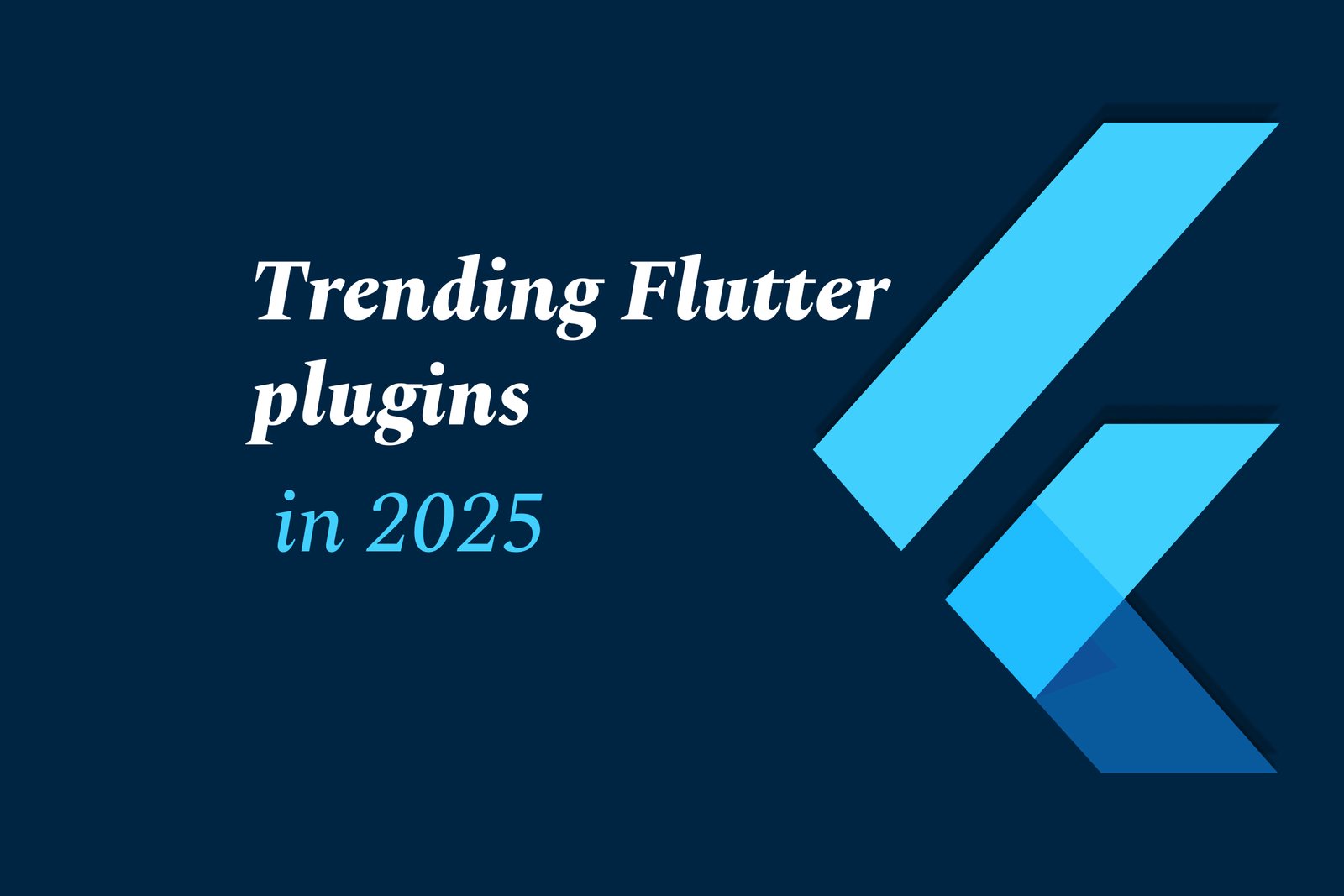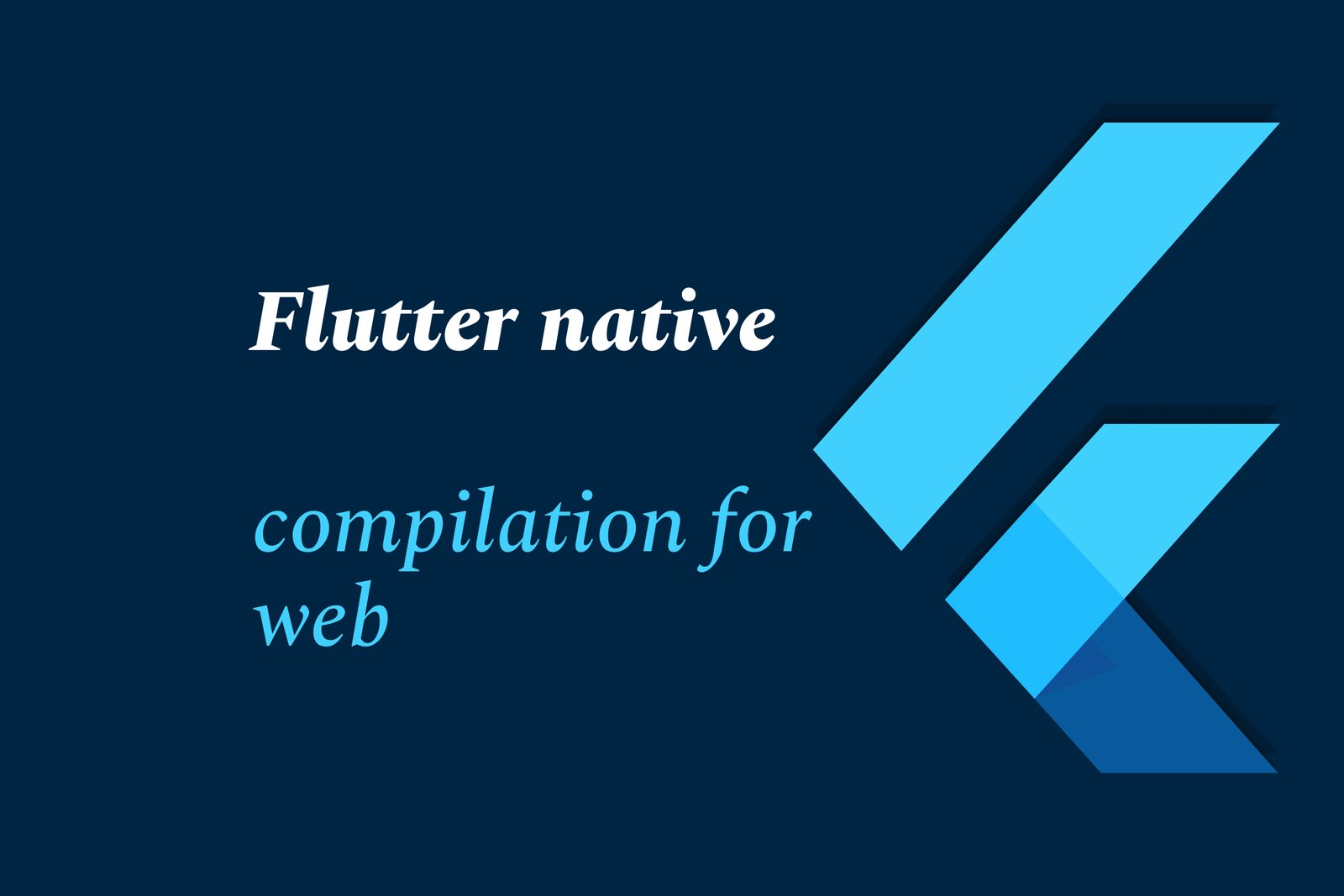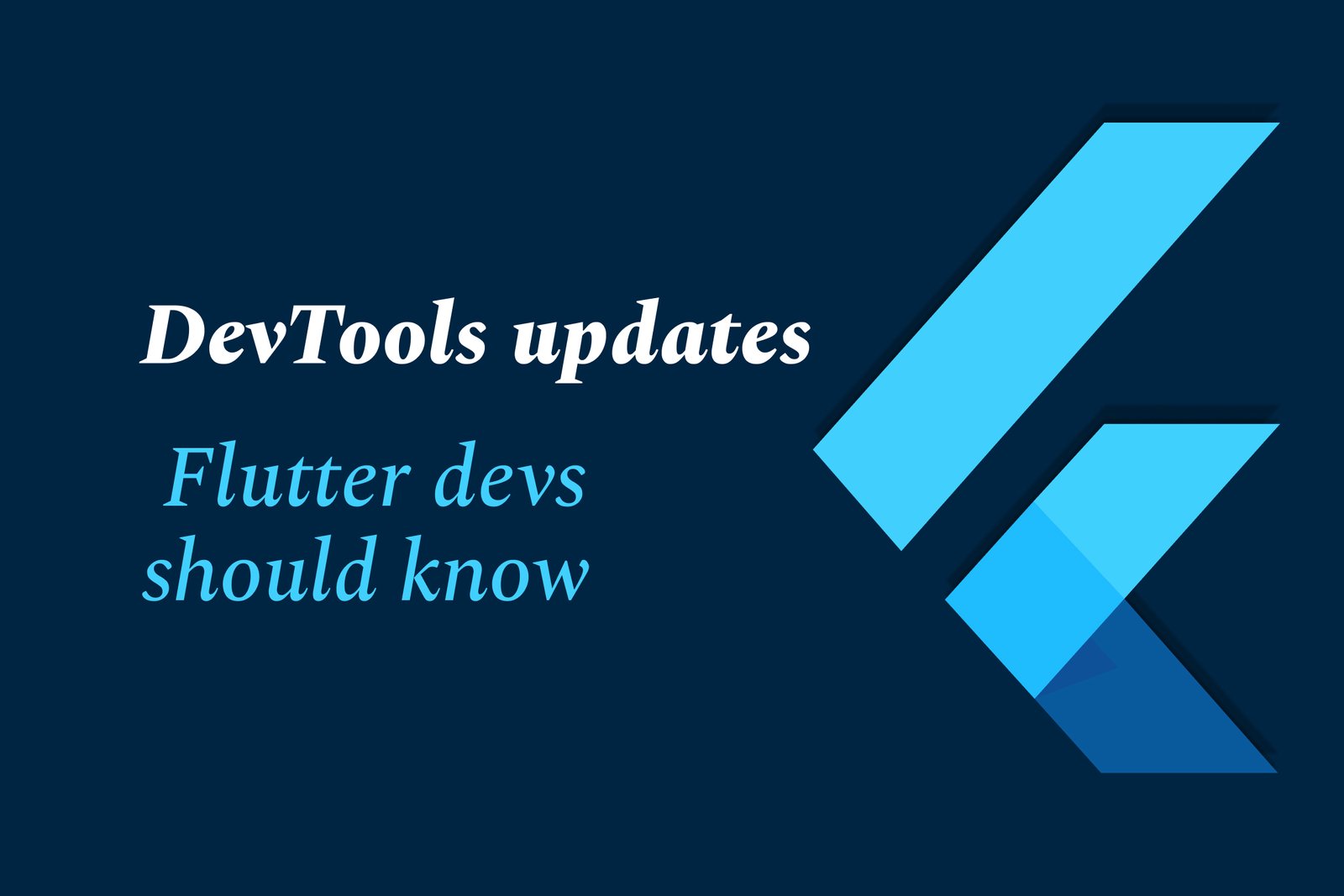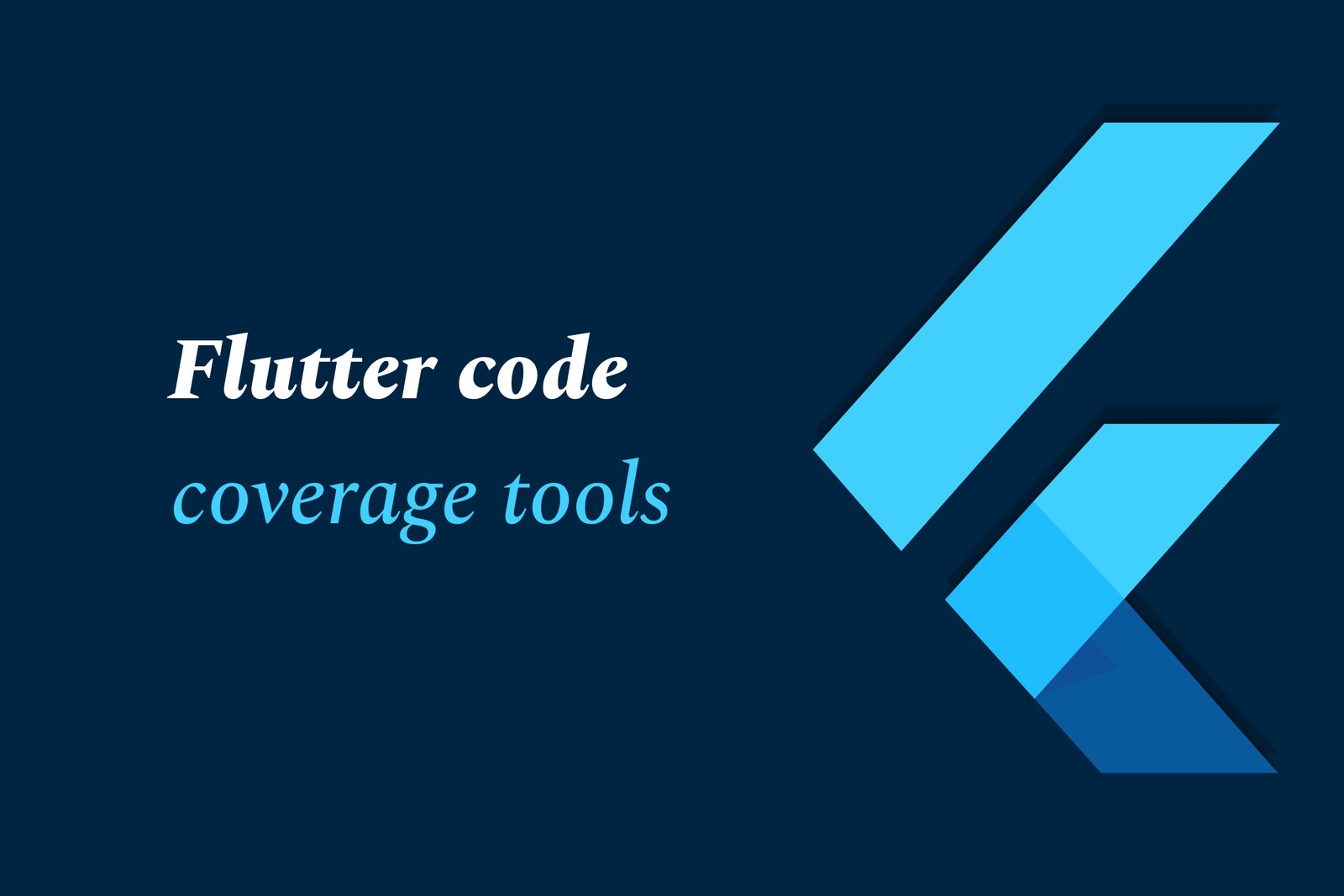Trending Flutter Plugins in 2025
Trending Flutter plugins in 2025 focus on AI integration, enhanced cross-platform support, advanced debugging tools, and seamless backend connectivity, empowering developers to build high-performance, feature-rich apps faster across mobile, web, desktop, and emerging platforms.
Trending Flutter plugins in 2025
1 ) Overview of Flutter’s Growth
Flutter continues to evolve as the leading cross platform development framework in 2025, extending its capabilities beyond mobile apps to web, desktop, AR/VR, IoT, and game development. Its adaptable ecosystem and strong community support make it a top choice for both startups and enterprises.
2 ) Key Advantages of Flutter
Single codebase for multiple platforms: Enables faster development and lower costs with consistent UI/UX.
Rich widget support: Customizable widgets based on Cupertino (iOS) and Material Design deliver attractive, high performance apps.
Hot reload feature: Allows real time code changes for efficient development and testing.
Strong performance: Optimized rendering and Dart language contribute to near native speed across platforms.
3 ) Top Flutter Plugin Trends in 2025
Integration with AI and Backend Services: Plugins integrating Flutter with generative AI, Supabase, and Metabase streamline app development for powerful full stack solutions.
Enhanced Cross Platform Support: Plugins focus on improved web and desktop app performance, including native Windows and macOS API access and seamless progressive web app capabilities.
Advanced DevTools Plugins: Enhanced debugging, widget inspection, and profiling plugins improve developer productivity.
State Management and Code Automation: AI assisted code completion tools like Tabnine and plugins for efficient state management continue to gain popularity.
Cloud and Deployment Tools: Plugins integrating with AWS, Docker, and monitoring services facilitate smoother CI/CD pipelines.
4 ) Popular Flutter Development Ecosystem Plugins
Dart and Flutter SDK Plugins: Updated tooling support within IDEs like IntelliJ IDEA and Android Studio remains essential.
UI and Theming Plugins: Material UI themes and icon sets continue to enhance app aesthetics.
Code Analysis and Quality Plugins: Tools such as ESLint, SonarLint, and Prettier maintain code consistency and reduce bugs.
Database and Backend Integration Plugins: Plugins for MongoDB, JPA Buddy, and Firebase facilitate backend connections.
5 ) Real World Applications Demonstrating Plugin Use
Companies like BMW, Alibaba, Google Pay, and iRobot leverage the robust Flutter ecosystem utilizing these plugins to create apps with native performance and consistent UI across devices and platforms.
6 ) Flutter for Startups and MVPs
Flutter plugins that boost rapid prototyping, cost efficient coding, and consistent UI experience make it ideal for startups focusing on early stage products and budget conscious development.
Summary:
The landscape of Flutter plugins in 2025 emphasizes enhanced cross platform capabilities, AI integration, advanced developer tools, and seamless backend connectivity. These trends position Flutter as a future ready framework empowering developers and businesses to build sophisticated, performant applications efficiently.
https://justacademy.in/news-detail/best-flutter-practices-every-developer-should-follow
https://justacademy.in/news-detail/ai-powered-ui-generation-in-flutter
https://justacademy.in/news-detail/flutter-india-summit-2025:-key-takeaways
https://justacademy.in/news-detail/ai-in-flutter:-smarter-ux-and-features
https://justacademy.in/news-detail/flutter-ai-sdk-vs-traditional-ml-kits
Related Posts
Top Flutter animation packages like SpinKit, Animations, and Flutter Animate simplify adding smooth, engaging animations to apps. They offer ready-made loaders, material transitions, and versatile effects, enhancing user experience with minimal code and improved UI appeal.
Flutter AI packages are rapidly gaining traction by enabling developers to easily integrate powerful AI features like machine learning and natural language processing into cross-platform apps, boosting innovation and efficiency within the growing Flutter ecosystem.
Flutter enables cross-platform desktop app development with a single codebase, offering fast UI design, native performance, and strong community support. However, it faces challenges like larger app sizes, limited desktop-specific features, and a less mature ecosystem compared to native tools.
Flutter AI combines Flutter’s cross-platform app development with AI technologies to create smart, efficient fintech and healthcare apps—enabling fraud detection, personalized finance tips, medical imaging, virtual health assistants, and automation for improved user experience and operational efficiency.
Flutter's Linux desktop support has steadily advanced, improving performance, native theming, and integration with Linux desktop environments. Collaboration with Canonical and the community is driving better window decorations, menu support, and release-ready app builds for seamless Linux app development.
Flutter is a versatile UI toolkit by Google enabling cross-platform app development, increasingly used for Smart TVs and IoT devices. It allows building native-like interfaces for diverse platforms, streamlining development despite challenges like remote navigation and platform-specific integration.
Flutter native compilation for web transforms Flutter code into efficient JavaScript and WebAssembly, enabling fast, high-performance web apps with smooth UI rendering. This approach delivers near-native speed and consistency across browsers using a single codebase.
Flutter DevTools has been updated with enhanced performance profiling, an improved widget inspector, network monitoring, Material You theming support, faster hot reload/restart, and better accessibility tools—helping developers debug and optimize Flutter apps more efficiently.
Flutter code coverage tools measure the percentage of code executed during testing, helping developers identify untested parts. Using commands like `flutter test --coverage` and tools like LCOV and VSCode extensions, they visualize coverage to improve code quality and reliability.
In 2025, Dart Pub remains a vital hub for discovering and managing Dart packages, driven by Flutter’s growth. Trends focus on enhanced cross-platform tools, improved performance, richer libraries, and rising use in innovative apps like AR, making Dart Pub essential for versatile, modern development.










